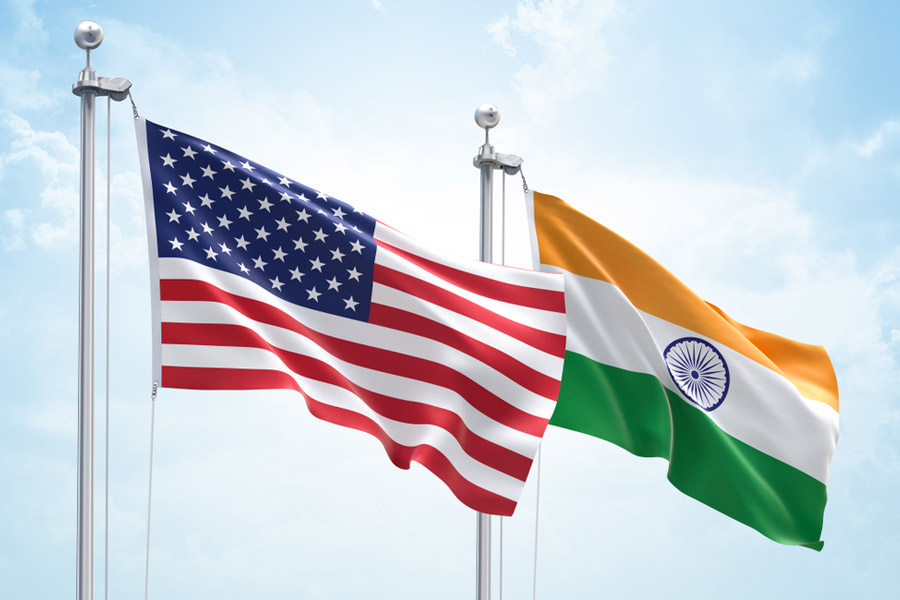
The results of the board exams are out and the scramble for forms has begun. If you have got through to engineering or medicine, you are sorted. If you have scored a certain percentage, you will be nudged towards the sciences, if you have a certain inclination then you will be allowed to go for the humanities, a certain background and Commerce is game. But what about those who want to opt for the Fine Arts? What inclination and qualification makes one eligible? What do art colleges offer? And what kind of jobs can one hope to pick upon graduation?
Eligibility
“Anyone who loves to draw, paint, sculpt, model and generally work with visuals is a potential candidate,” says Indrapramit Roy, who is an associate professor and the dean of students at The Maharaja Sayajirao (MS) University of Baroda’s faculty of Fine Arts. He adds, “Apart from aptitude, you also need an attitude since you will be required to go where no one has gone before. You need to be adventurous and excited by challenges, not to speak of having a creative bent of mind.”
Chhatrapati Dutta, who is the principal of Calcutta’s Government College of Art & Craft, however, points out that given the lack of exposure to visual arts at the primary and secondary levels of education, it becomes difficult to realise one’s calling. He says, “Often, the realisation comes very late in life... It is pertinent to point out that had there been this exposure at earlier levels of education, the nation would definitely produce better artists.”
Subjects
Kala Bhavana is the art college at Visva-Bharati University in Santiniketan. Principal Goutam Das tells YOU about some of the subjects on offer — Painting, Sculpture, Graphics, Ceramics and Glass, Textile, and History of Art.
At MS University, Painting, Sculpture and Applied Arts are the main studio-based subjects offered at the undergraduate level. These lead to a Bachelor of Visual Art or BVA degree. Printmaking, Ceramics, Photography and Mural are optional subjects. Art History is compulsory for all BVA courses and one may also take it as a main subject at the undergraduate level. The subjects on offer at the Master of Visual Arts (MVA) level are Printmaking (Graphics), Mural Design (Painting), Visualisation, Illustration (Applied Arts), Creative Painting and Sculpture. One can also do an MVA in Art History and Museology. Doctoral studies are offered only in non-studio-based subjects such as Art History and Museology.
Across institutions, most undergraduate courses are for a period of four years, while postgraduate courses are of two years’ duration.
In the first two years, there is a little bit of everything and, as one inches closer to the final year, there is more emphasis on specialisation. Says Roy, “There are newer art forms that have emerged in the last three decades such as video art, installation art and performance art. Although we don’t yet have dedicated departments for these practices, we do encourage students desirous of pursuing such media along with the more traditional ones such as painting, modelling and carving. We have devised systems of offering dedicated workshops and internships to cover areas that are not taught within the faculty premises. Encouraging our students to pursue creativity without binding them into specific media makes us [MS University] one of the most forward looking art colleges in the country.”
And underpinning all practical skills is the course in Art History, which works like a hyphen, linking works of art to societal changes down the years.
Art vs Design
There was a time when, in the absence of design schools, aspiring designers joined art colleges. Parag Roy, who is a professor of the Graphics department at Rabindra Bharati University in Calcutta, says that art colleges were established sometime in the mid-19th century by the British to support the printing and advertising industry. He says, “They needed good illustrators. Art college students during that time got jobs with newspapers. Much later the concept of art galleries came up.”
But today, even when there are enough design institutes and courses to pick from, there is a confusion that persists. So, who should go to an art school and who should opt for a design institute?
Dutta of Government College of Art & Craft says, “Design is an integral part of art. The [Fine Arts] candidate needs to realise how he or she wants to express his or her sensibilities.”
Says Roy of MS University, “Design is a very wide term and it may include any activity that requires planning and problem solving. More specifically, a person who does illustration and visualisation of any kind, applies his or her knowledge to communicate or solve problems given by a client — such as designing a product — is a designer. An artist is a creative free spirit who communicates or solves problems too but of a kind that he or she decides.”
According to him, art and design, although often clubbed together, require different approaches and temperaments. He cautions, “So, it’s best to know your mind before you choose. If you work best under specific sets of rules, instructions, requirements and client demands, then design is your thing. If you feel they impinge on your creative freedom, you will be happier being an artist.”
POP PICKS
What you can do with a degree in Fine Arts
• Be an independent artist, of course
• Museum professional
• Graphic design
• Animation
• Art management & administration
• Fine Art restoration
• Fashion design
• Scenographic design










